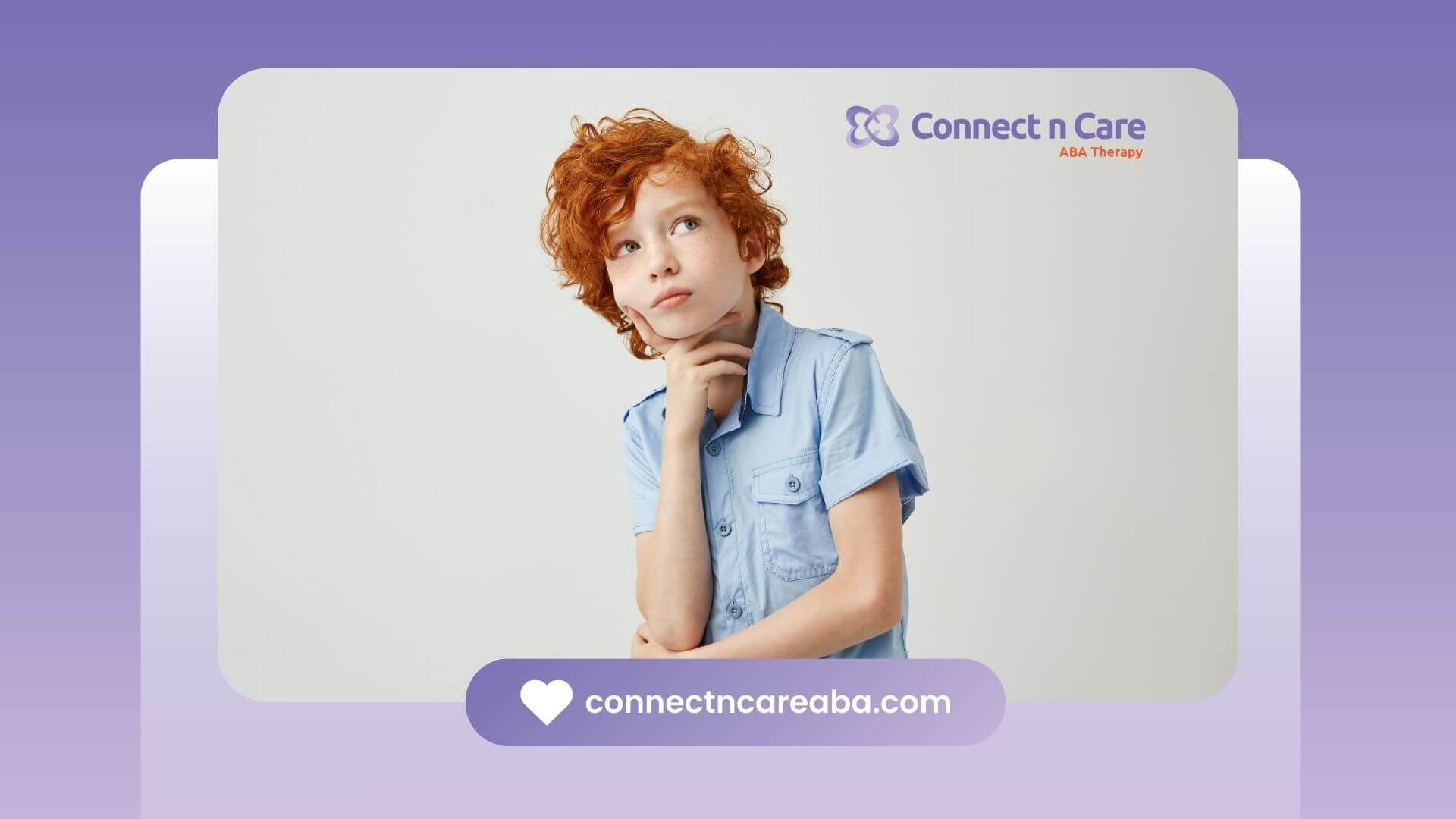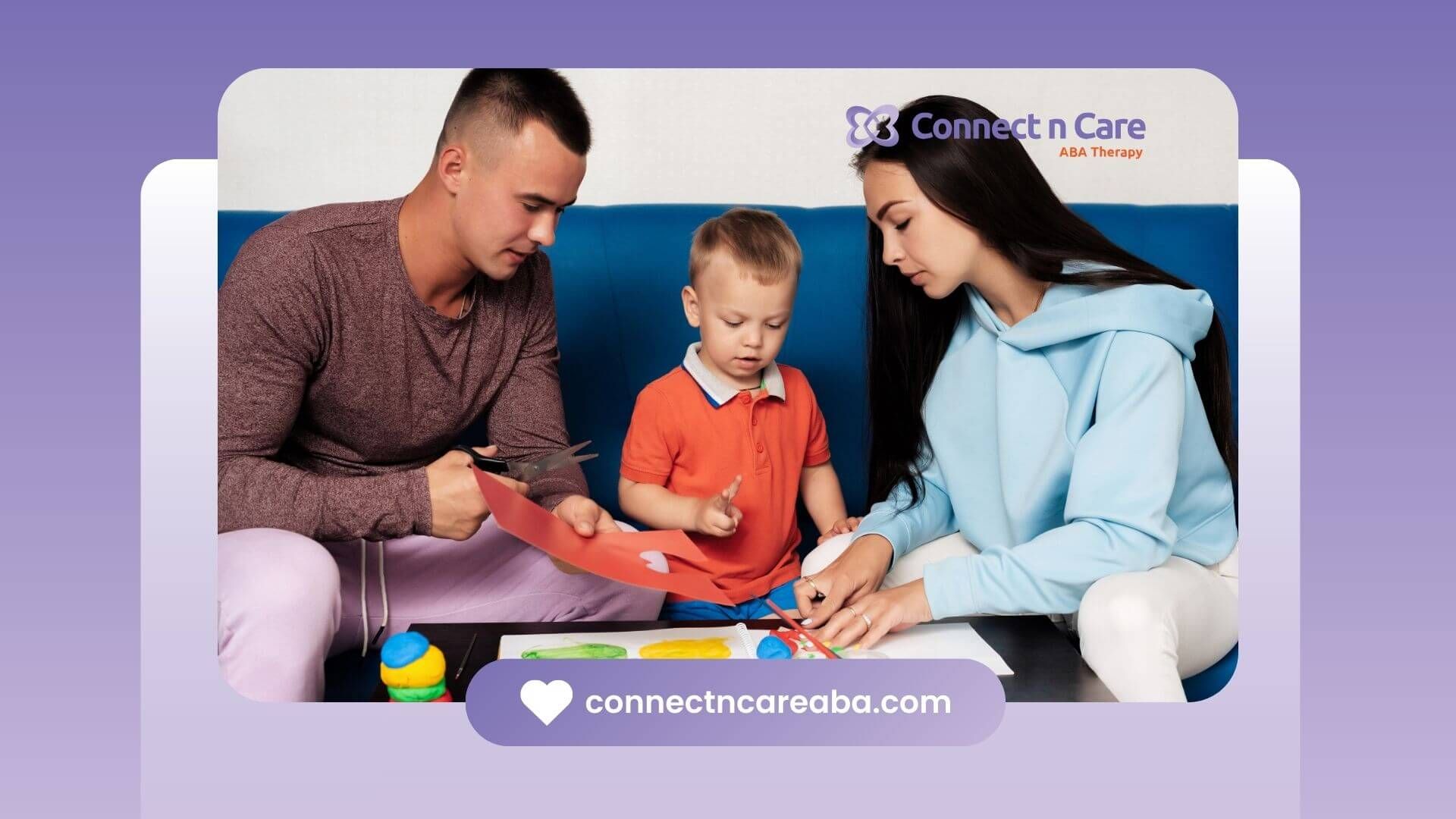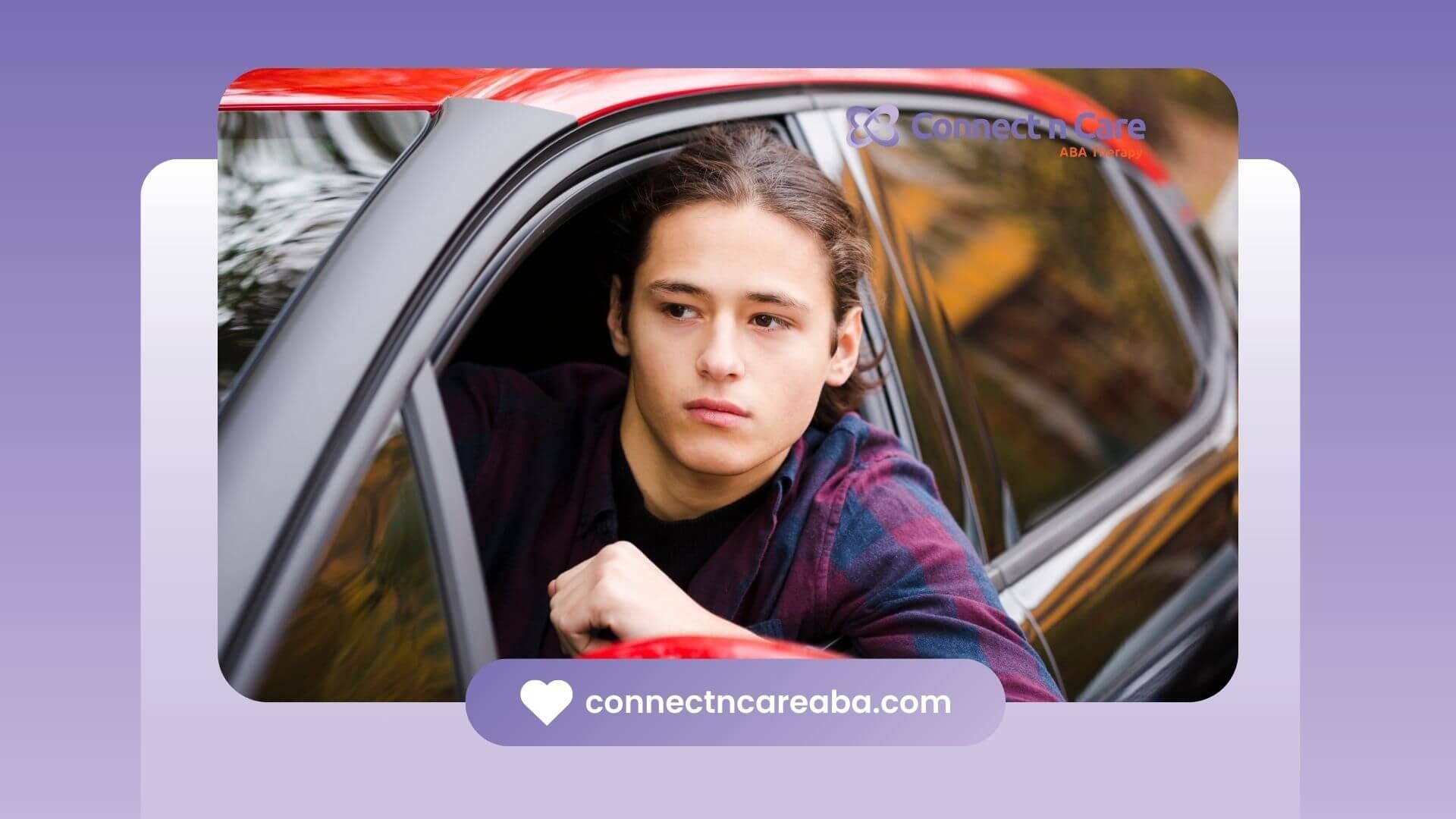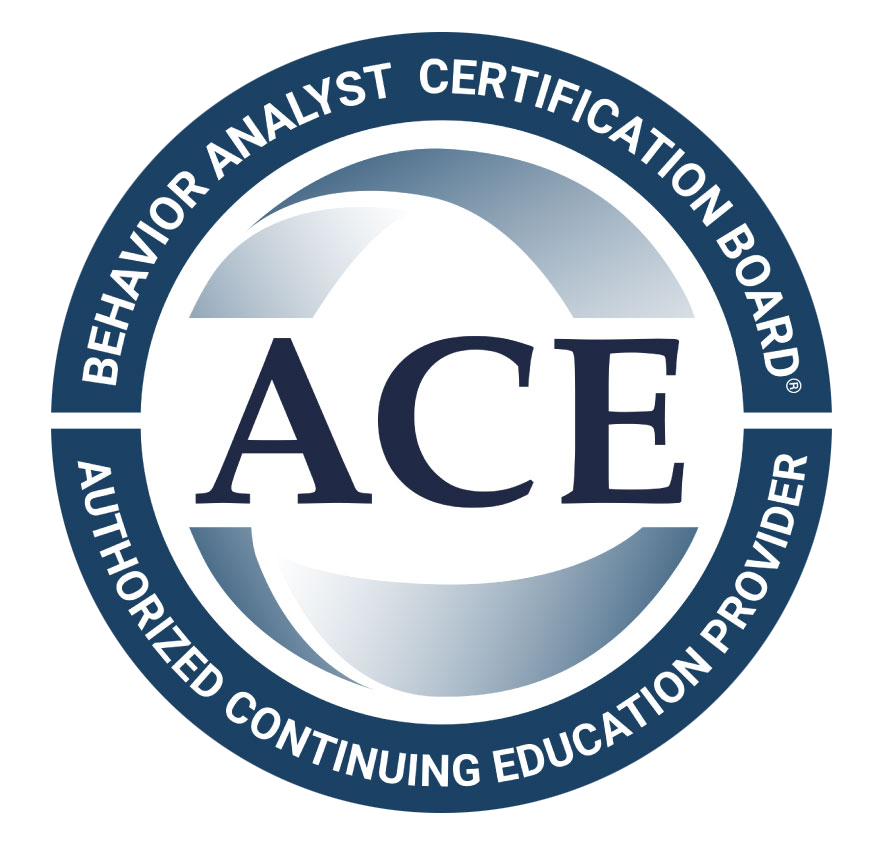Autism Spectrum Disorder (ASD) affects millions of individuals worldwide, and early diagnosis plays a crucial role in ensuring that those with autism receive the support they need to thrive. But how do they test for autism?
Diagnosing autism involves a combination of developmental screenings, behavioral assessments, and specialized tools. This article explores the methods used to diagnose autism in children and adults, the professionals involved, and how Connect n Care ABA can support families navigating this journey.
What is Autism Spectrum Disorder (ASD)?
Autism Spectrum Disorder is a neurodevelopmental condition characterized by challenges in communication, social interaction, and repetitive behaviors. Symptoms vary widely among individuals, which is why the term spectrum is used. Diagnosing autism requires careful observation and assessment since no single test can definitively identify it.
How Do They Test for Autism?
1. Developmental Screenings
Developmental screenings are often the first step in identifying potential signs of autism. Pediatricians typically perform these screenings during well-child visits at 18 months and 24 months, as the American Academy of Pediatrics recommends. These screenings involve:
- Asking parents questions about their child’s behavior and development.
- Observing the child’s interactions and responses during play or communication tasks.
If concerns arise during these screenings, further evaluations are recommended.
2. Behavioral Assessments
Behavioral assessments focus on observing how a child interacts with their environment, communicate, and engage socially. Specialists use structured tools like:
- Modified Checklist for Autism in Toddlers (M-CHAT): A quick yes/no questionnaire designed for children aged 16-30 months.
- Childhood Autism Rating Scale (CARS): A 15-point scale that evaluates behavior across areas such as body use, verbal communication, and adaptation to change.
These tools help professionals determine whether a child exhibits behaviors consistent with ASD.
3. Specialized Diagnostic Tools
When initial screenings suggest autism, specialists may use advanced diagnostic tools such as:
- Autism Diagnostic Observation Schedule (ADOS): This is a structured assessment in which trained professionals interact with the child through play activities to observe social communication skills.
- Autism Diagnostic Interview-Revised (ADI-R): A detailed interview with parents that coversthe developmental history and current behaviors.
- Childhood Autism Spectrum Test (CAST): Designed for children aged 4–11 years to screen for social communication challenges.
These tools provide critical insights into a child’s strengths and challenges.
4. Medical Tests
While medical tests cannot diagnose autism directly, they are sometimes used to rule out other conditions that may mimic ASD symptoms. These include:
- Hearing tests to rule out hearing loss as a cause of communication difficulties.
- Genetic testing to identify syndromes associated with ASD, such as Fragile X syndrome or Rett syndrome.
Blood tests or brain imaging studies like MRI are occasionally used in research settings but are not standard diagnostic tools.
Who Can Diagnose Autism in a Child?
Diagnosing autism requires expertise from trained professionals who specialize in developmental disorders. These include:
- Paediatricians or family doctors who conduct initial screenings.
- Developmental paediatricians who focus on complex developmental issues.
- Child psychologists or psychiatrists evaluate behavioral symptoms.
- Neurologists or geneticists who assess underlying medical conditions.
Testing for Autism in Adults
While most diagnoses occur during childhood, some individuals may seek an autism diagnosis later in life. Adults often undergo:
- Self-assessment questionnaires, like the Autism Spectrum Quotient (AQ-28), can be completed online as a preliminary screening tool.
- Clinical interviews with psychologists or psychiatrists specializing in ASD.
The process may involve exploring compensatory strategies adults use to navigate social situations.
How Connect n Care ABA Can Help
At Connect n Care ABA, we understand that navigating an autism diagnosis can feel overwhelming. Our team is here to support you every step of the way.
Our Services
- Comprehensive Assessments: We collaborate with families to identify strengths and challenges through evidence-based evaluations.
- Personalized Therapy Plans: Based on diagnostic findings, we design tailored interventions targeting communication skills, social interactions, and daily living activities.
- Family Support: We provide resources and guidance to empower families throughout their journey.
With Connect n Care ABA, you’re not alone—we’re here to make this process smoother for you and your child.
Conclusion: Take the First Step Today
Understanding how autism is tested is just the beginning of your journey toward finding the right support for your family. At Connect n Care ABA, we’re committed to helping children reach their full potential through compassionate care and evidence-based practices.
Ready to get started? Contact us today—we’d love to meet you and discuss how we can help your family thrive!
Frequently Asked Questions (FAQs)
What are the top 5 signs of autism?
The top signs include:
- Difficulty with social interactions.
- Delayed speech or nonverbal communication.
- Repetitive behaviors such as hand-flapping or rocking.
- Intense focus on specific interests.
- Sensory sensitivities like aversion to loud noises or bright lights.
What is 90% of autism caused by?
Research suggests that up to 90% of autism cases may have genetic underpinnings, although environmental factors also play a role.
Is ADHD a form of autism?
No, ADHD is not a form of autism; however, both conditions share some overlapping symptoms like difficulty focusing or hyperactivity.
Can I be slightly autistic?
Yes, individuals with mild symptoms may be diagnosed with high-functioning autism or fall under the broader category of Autism Spectrum Disorder (ASD).
Sources:
- https://www.medicinenet.com/what_tests_are_done_to_diagnose_autism/article.htm
- https://www.nichd.nih.gov/health/topics/autism/conditioninfo/diagnose
- https://en.wikipedia.org/wiki/Childhood_Autism_Spectrum_Test
- https://www.autismparentingmagazine.com/who-can-diagnose-autism/
- https://www.autismspeaks.org/signs-autism
- https://en.wikipedia.org/wiki/Causes_of_autism
- https://www.additudemag.com/autism-vs-adhd-symptoms-in-children/
- https://www.medicinenet.com/can_you_be_a_little_autistic/article.htm
- https://ada.com/signs-of-autism/
- https://www.autismspeaks.org/what-causes-autism
- https://www.webmd.com/brain/autism/how-do-doctors-diagnose-autism
- https://psychcentral.com/autism/how-autism-is-diagnosed
- https://www.cdc.gov/autism/diagnosis/index.html
- https://www.additudemag.com/autism-spectrum-disorder-symptoms-test-children/









